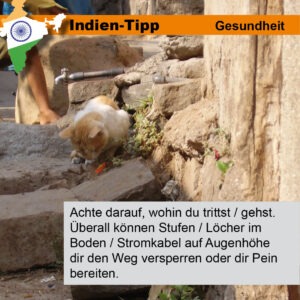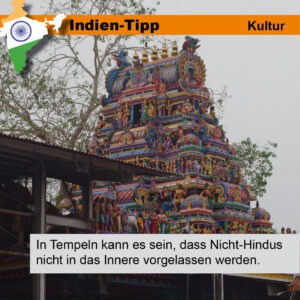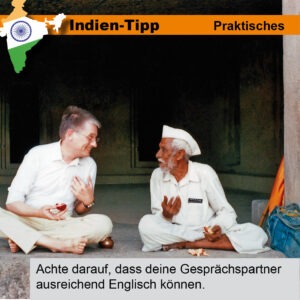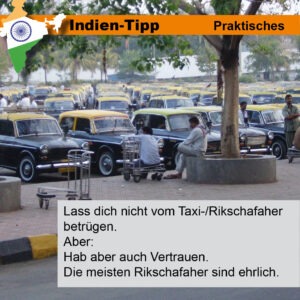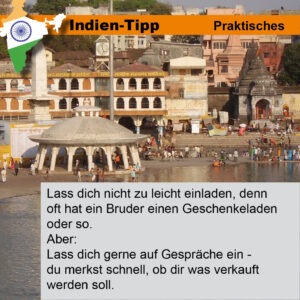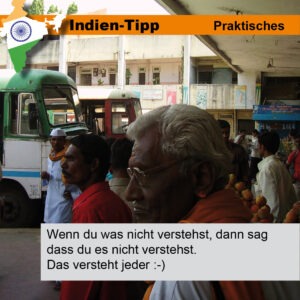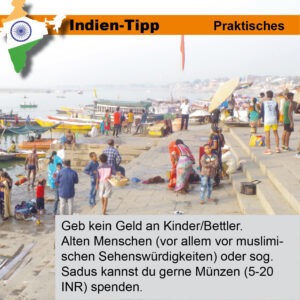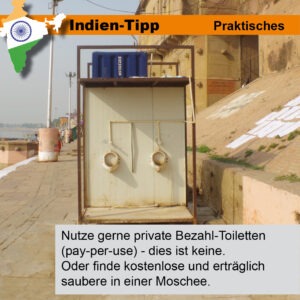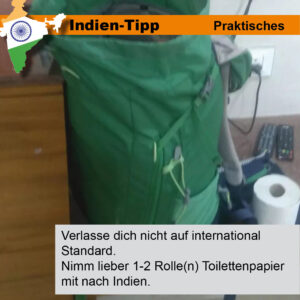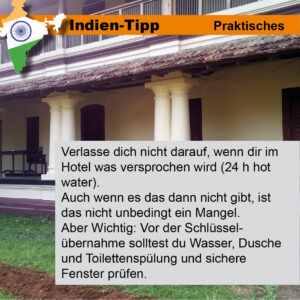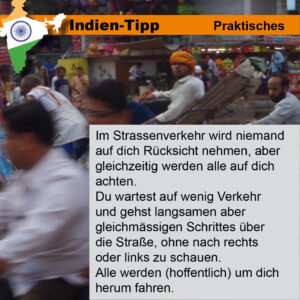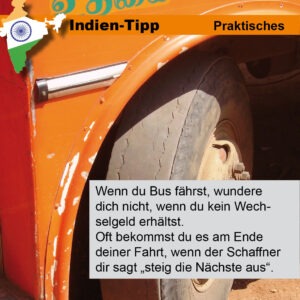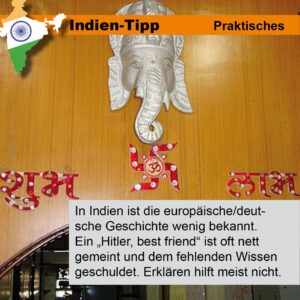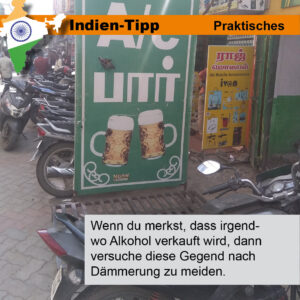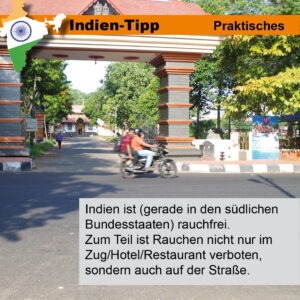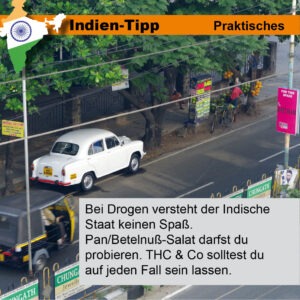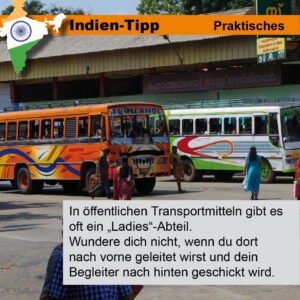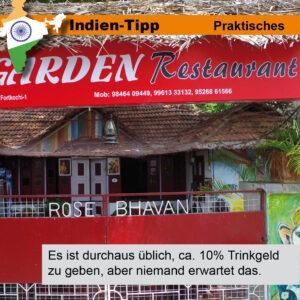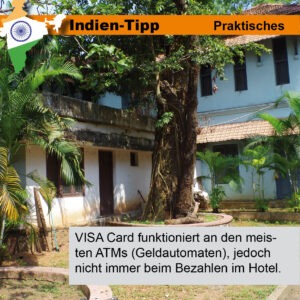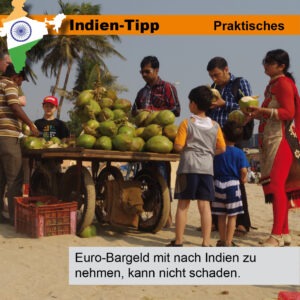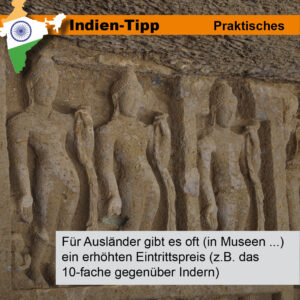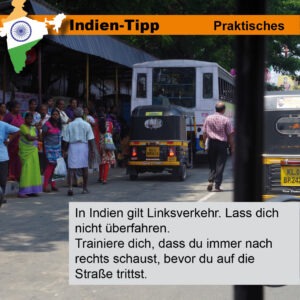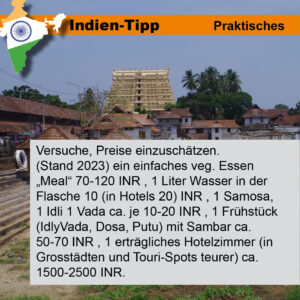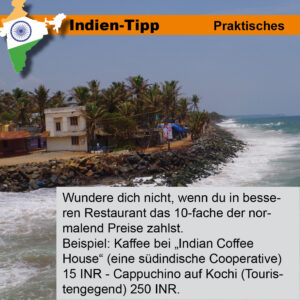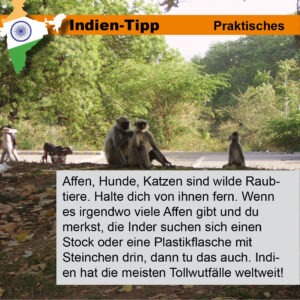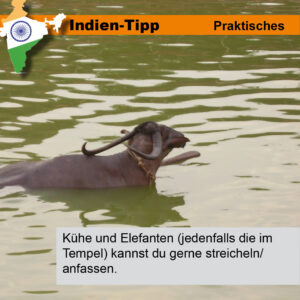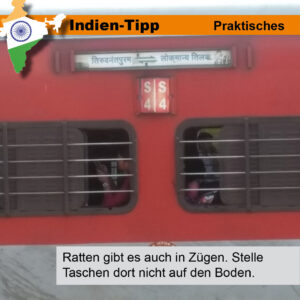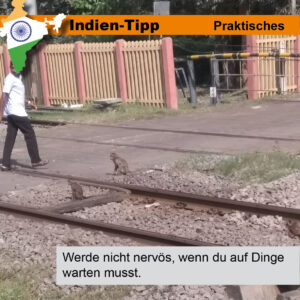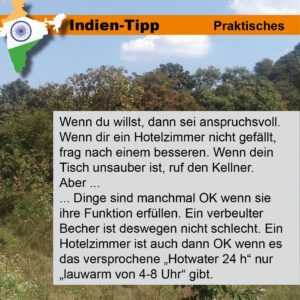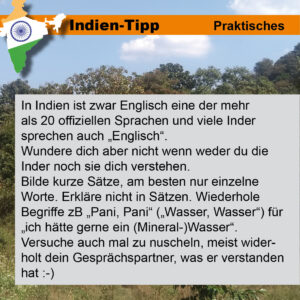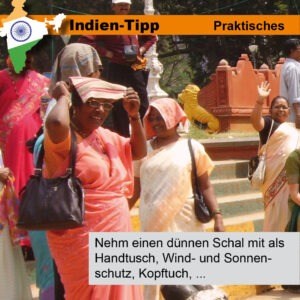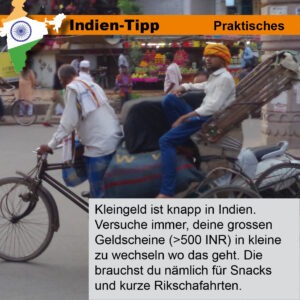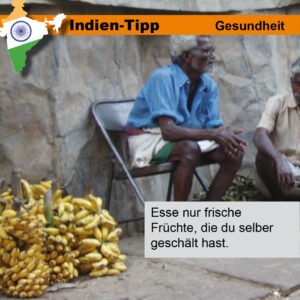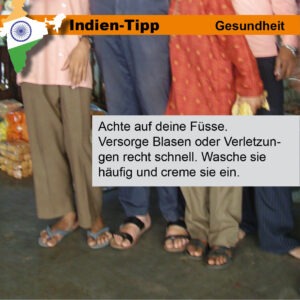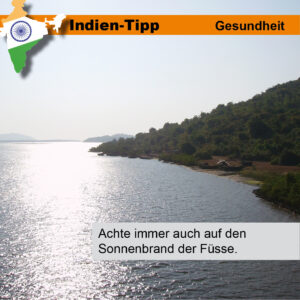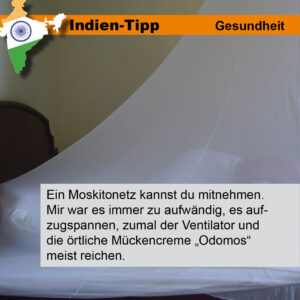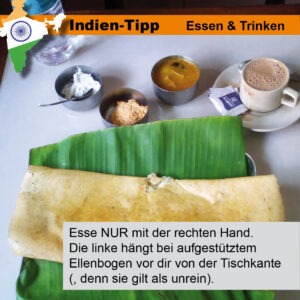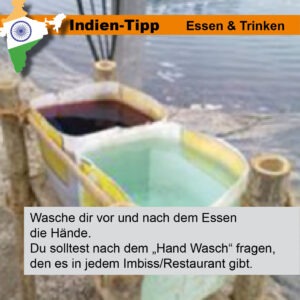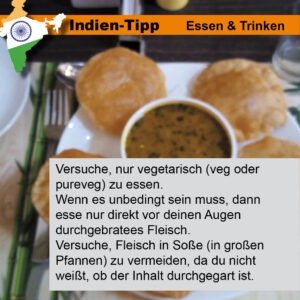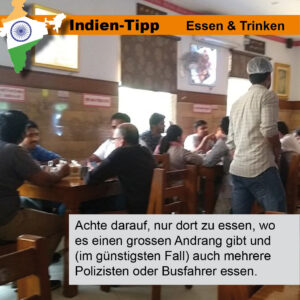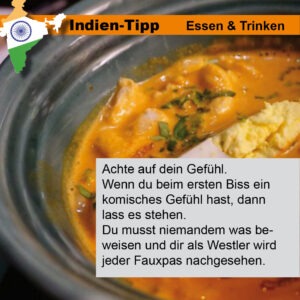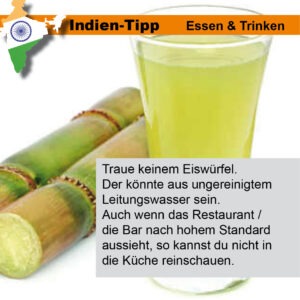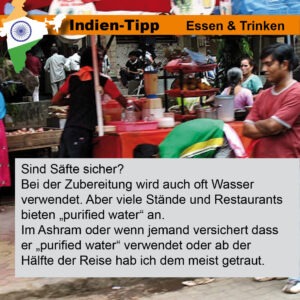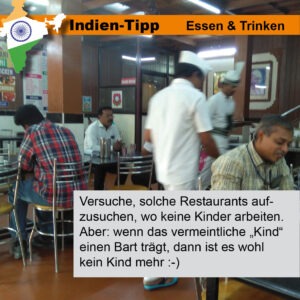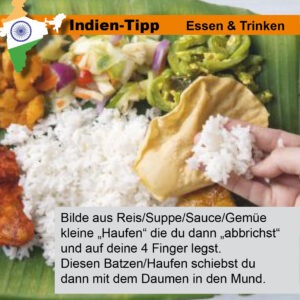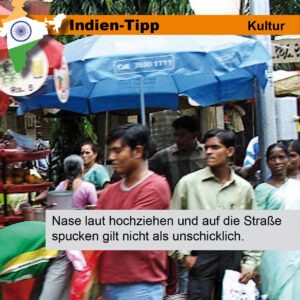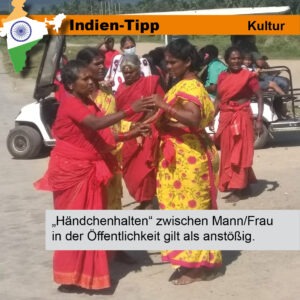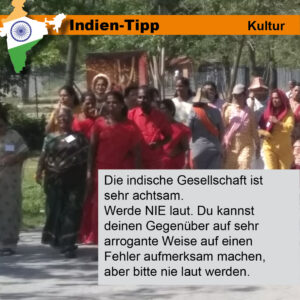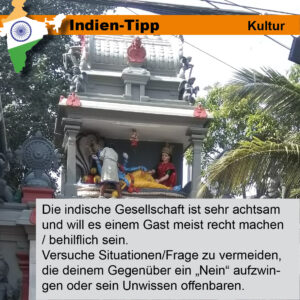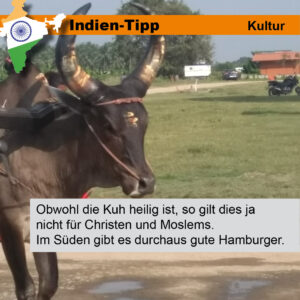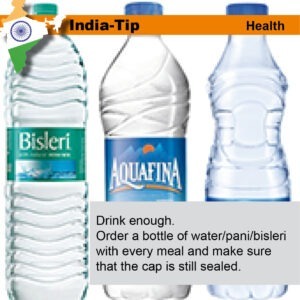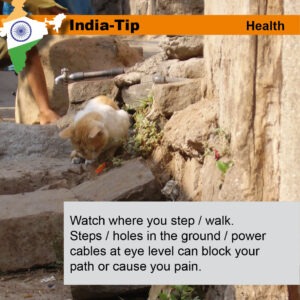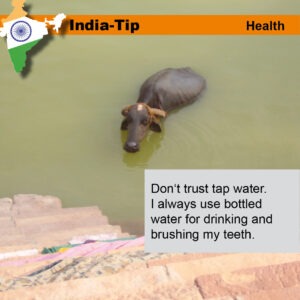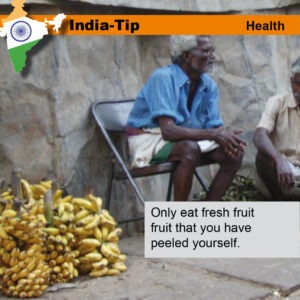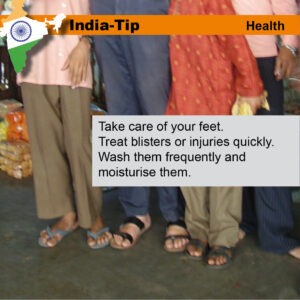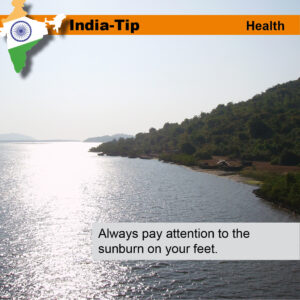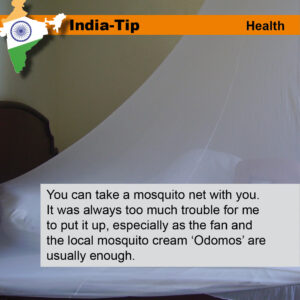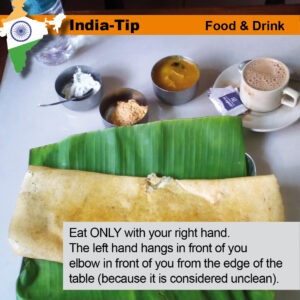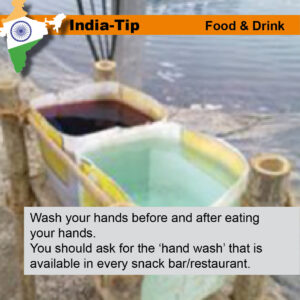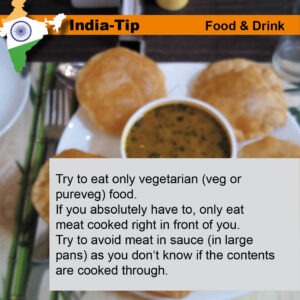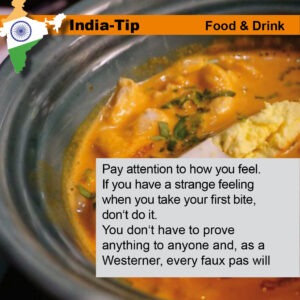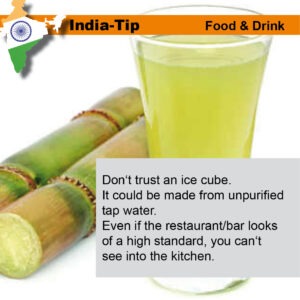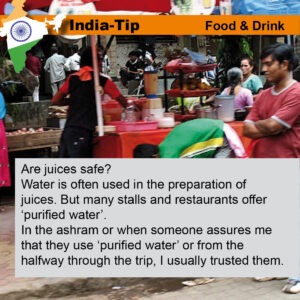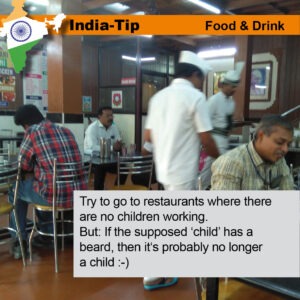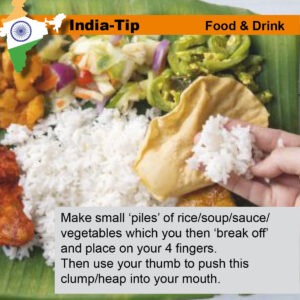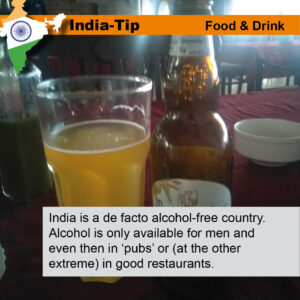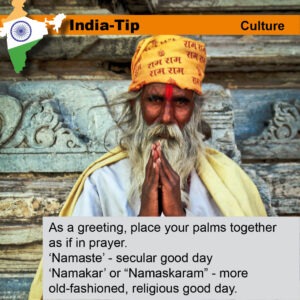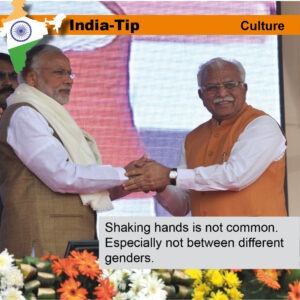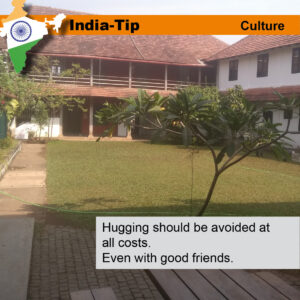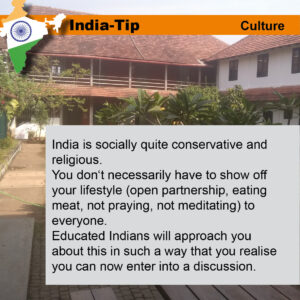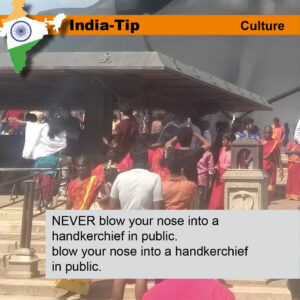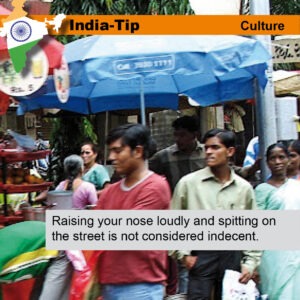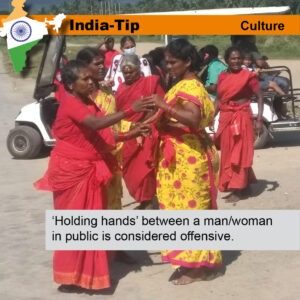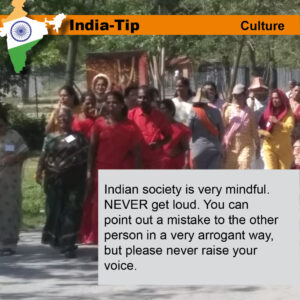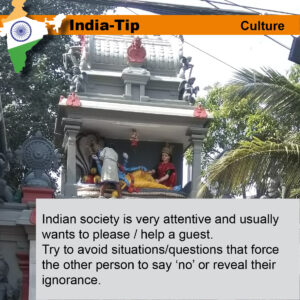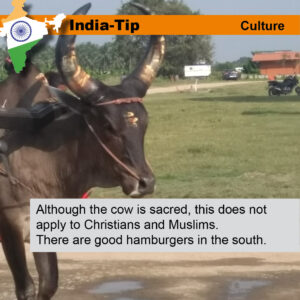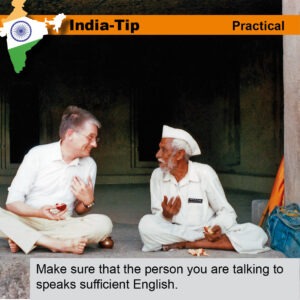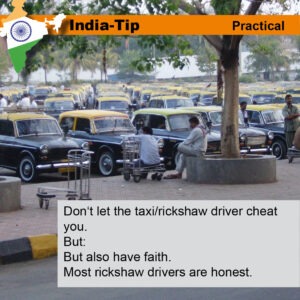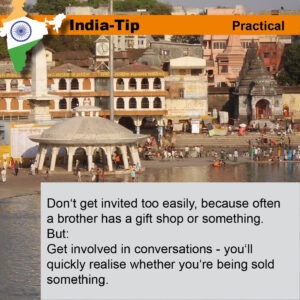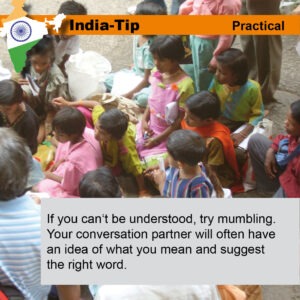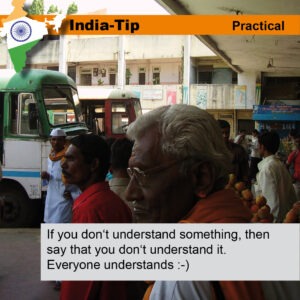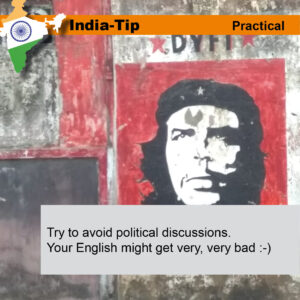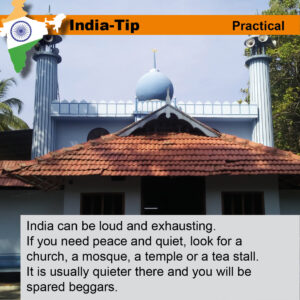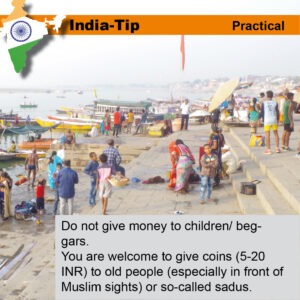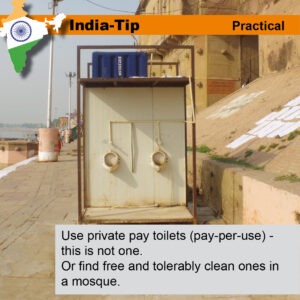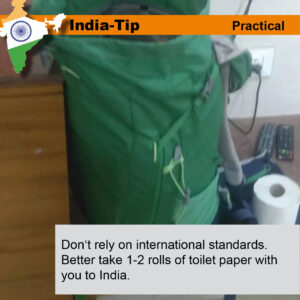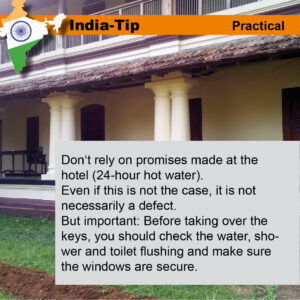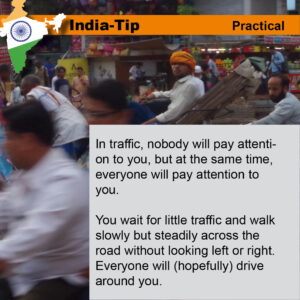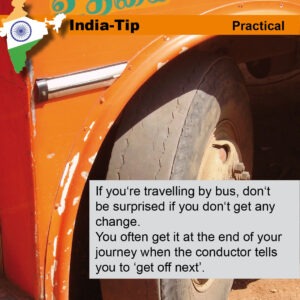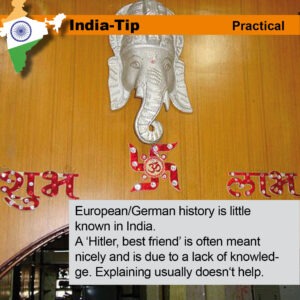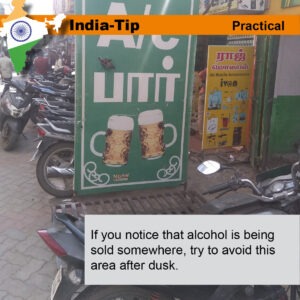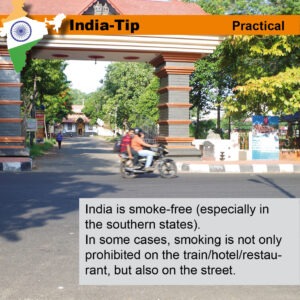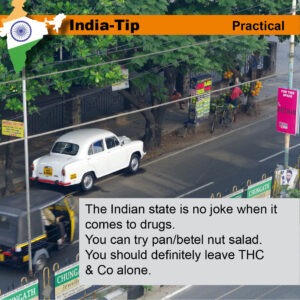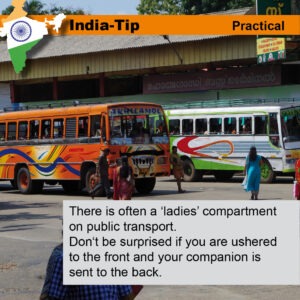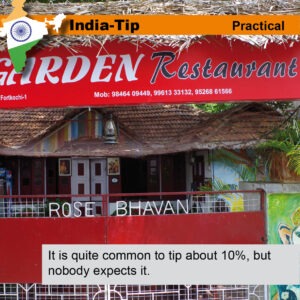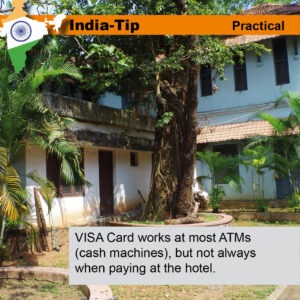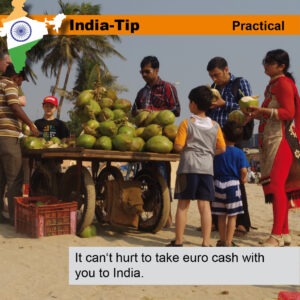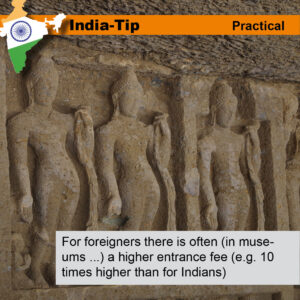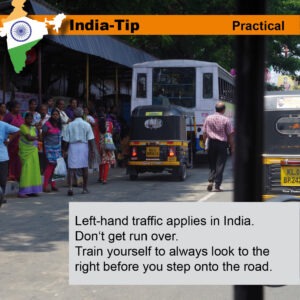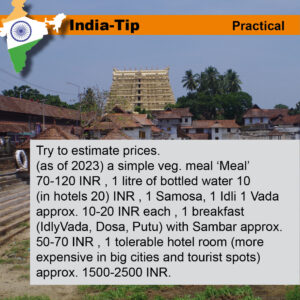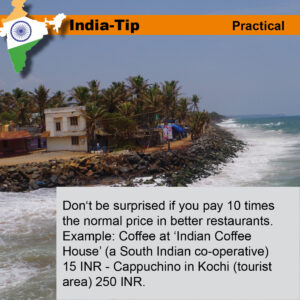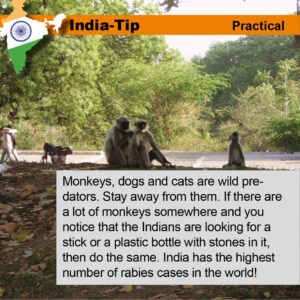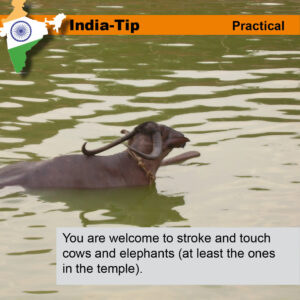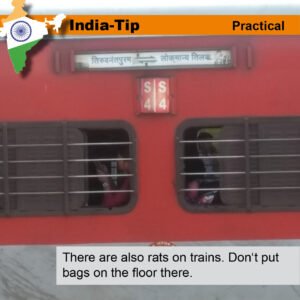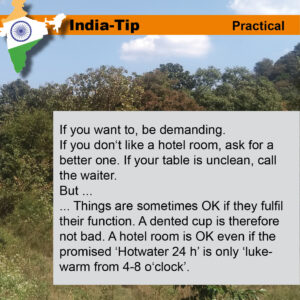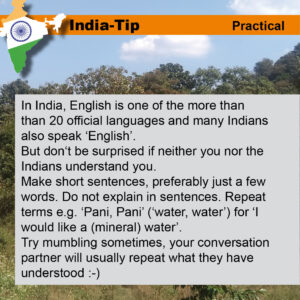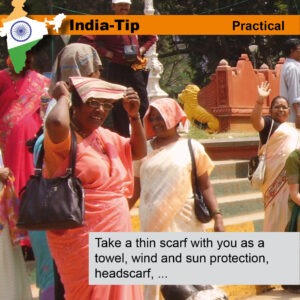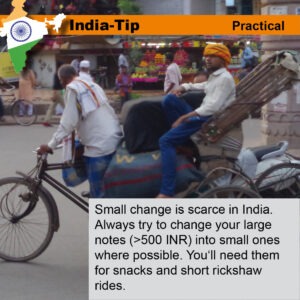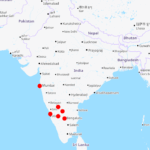
Mumbai – Mangalore – Hassan – Halebid – Shimoga – Arsikere – Bangaluru
We haven’t been to India with our children for a long time. This time it should be that time again. I am curious to see how they will like it.
MumbaiWe started in the popular district of Juhu in the west of Mumbai, right on the coast of the Arabian Sea. It is particularly well known for Juhu Beach, one of the city’s most famous beaches. For families visiting Mumbai, Juhu offers an ideal mix of relaxation and entertainment. Juhu Beach is a central point of attraction – quiet during the day and full of life in the evening. Many street vendors offer typical Indian street food, including pav bhaji, idly sambar and fresh sugarcane juice or coconuts. Juhu is also known for its proximity to famous landmarks such as the ISKCON temple. The large Hare Krishna temple with its tranquil garden is open to visitors and also offers vegetarian meals in the adjoining restaurant. The infrastructure in Juhu is family-friendly: there are many hotels of a good standard and good prices. Due to its proximity to the airport, Juhu is also a practical starting point for further explorations in Mumbai. For example, we drove from here to the market in Vile Parle, which is just a stone’s throw away. Overall, Juhu is a suitable place for families who want to experience Mumbai without being overwhelmed by the hustle and bustle of the city center. However, if you are expecting the sights of Mumbai, Juhu is not the place for you. For us, however, this was the perfect place to start, as we were planning to spend a few days in South Mumbai, in Colaba, at the end of our trip this year. |
MangaloreMangalore had to wait for me for many years. On my first attempt to visit Mangalore, a malaria outbreak kept me away. And then year after year went by without me being able to visit Mangalore. Mangalore stands for culinary diversity on the Malaba coast. It is a coastal city in the southern Indian state of Karnataka, known not only for its beaches and colonial architecture, but above all for its diverse and traditional cuisine. The city offers a unique blend of Mangalorean, Udupi and Kerala cuisine. Fish and seafood play a central role – dishes such as “Fish Curry with Rice”, “Neer Dosa” or “Prawn Sukka” are among the specialties that can be found in almost every local restaurant. Restaurants such as Machali, which is known for its simple but tasty cuisine, are particularly popular. Here, however, we had to wait in a long queue for around 30 minutes Vegetarians also get their money’s worth in Mangalore (as in the whole of South India): the traditional Udupi cuisine, which is served in many veg-only restaurants, offers a large selection of dosas, idlis and spicy curries. Mangalore is also the birthplace of IDEAL ICE CREAME. The flagship store, Pabba’s Ice Cream Parlour, serves excellent sundaes that can compete with any Italian ice cream. Of course we had to try it. |
HassanAfter a few days, we took the train to Hassan. Hassan is a city in the southern Indian state of Karnataka. It is considered the cultural heart of the region and is known for its proximity to historical temples and important archaeological sites. The Hoysala temples in Belur and Halebid, which are only a short drive away, are particularly famous. This is precisely why we made the stopover before continuing on to Halebid the next day. |
HalebidThe Autoriksha then took us on to Halebid, also known as Halebidu. It is a historic town in the southern Indian state of Karnataka. The name “Halebid” means “ancient capital” – a fitting title, as the city was the center of the Hoysala Empire in the 12th century. The region is particularly known for its outstanding temples, especially the Hoysaleshwara Temple, a masterpiece of Hoysala architecture. The Hoysaleshwara Temple was built in the 12th century during the reign of King Vishnuvardhana and is dedicated to the god Shiva. The detailed stone carving is particularly impressive: the walls of the temple are decorated all over with finely crafted reliefs depicting scenes from the Hindu epics Ramayana and Mahabharata as well as everyday life. In addition to the Hoysaleshwara temple, there is also the Kedareshwara temple in Halebid, which also impresses with its artistic sculptures, but is less well known. We stayed at the “Hotel Mayura Shantala Halebeedu”, a state-run guest house. |
ShimogaWe then traveled on again by train to Shimoga, officially Shivamogga. It is a town in the southern Indian state of Karnataka and is known for its proximity to the Sakrebailu Elephant Camp. This camp, about 14 km from Shimoga, is picturesquely situated on the banks of the Tunga River and serves as a sanctuary and training center for elephants with behavioral or nutritional problems. It is run by the Karnataka Forest Department and is a popular destination for animal lovers and eco-tourists. That’s exactly why we were there. After a night in Shimoga, we spent another night at Sakrebailu Elephant Camp. This really is a service dream. Booking aon outside India was not easy. But once we were there, even wishes that we didn’t have were read from our lips. For example, a less spicy version of the food was cooked especially for us. Around 21 elephants currently live at Sakrebailu Elephant Camp. Visitors can watch the animals bathing in the river, interact with the mahouts and learn more about the behavior and care of the elephants. The camp offers a unique opportunity to experience elephants in their natural environment and learn more about the care and conservation of these majestic animals. |
ArsikereArsikere (also Arasikere) is a town in the southwestern Indian state of Karnataka, located about 40 km northeast of Hassan. The name is derived from “Arasi” (queen) and “kere” (pond) and means “pond of the queen”. The city was an important center of the Hoysala Empire in the 12th century. We spent New Year’s Eve here; actually because we were a little “too early”, as we had only announced our arrival in Bangalore for New Year’s Day. So we made an interesting stop here and explored the local pastry shops. |
BengaluruThe last stop on our trip was Bengaluru, or more precisely Maleshwaram. Bengaluru, formerly known as Bangalore, is the capital of the southern Indian state of Karnataka and is considered the “Silicon Valley of India”. The city is a center for information technology, science, education and start-ups, which gives it a modern, cosmopolitan flair. Tradition and progress meet here: historic temples stand next to high-rise buildings, and traditional markets exist side by side with luxurious shopping centers. Malleswaram is a special district with an atmosphere all of its own. This old and charming district in the north of Bengaluru is known for its quiet streets, traditional houses and strong cultural character. Here you can feel the everyday life of Bengaluru in its original form: People shopping in the Gandhi Bazaar, chatting in an old café or praying in one of the many temples, such as the Kadu Malleshwara temple, which is dedicated to the god Shiva. We visited many acquaintances here and, strangely enough, also those who usually live in the USA all year round. Of course, it was convenient that our friends provided us with their driver and limousine for our excursions. Once again, we were able to discover some good restaurants before heading back to Mumbai and then on to Munich. I can recommend “The Higher Taste Restaurant”, which is located on the grounds of the ISCON temple. |
MumbaiWe ended our trip in Mumbai again, but this time in the south in the form of Colaba. We stayed at the YMCA Colaba Branch again, where we received an almost family-like welcome. Tip: If you want to stay cheap, good and clean but without a hotel atmosphere in Colaba, you should give the YMCA a try. It is so conveniently located that it couldn’t be better and has very, very moderate room rates for Mumbai. The cleanliness is very good, but everything is a little (or even more) dated. We relaxed at the end of our trip here, enjoyed ourselves on Cowpatty Beach and even found time to visit the Prince of Wales Museum of Western India, which is now called the Chhatrapati Shivaji Maharaj Vastu Sangrahalaya. |














































